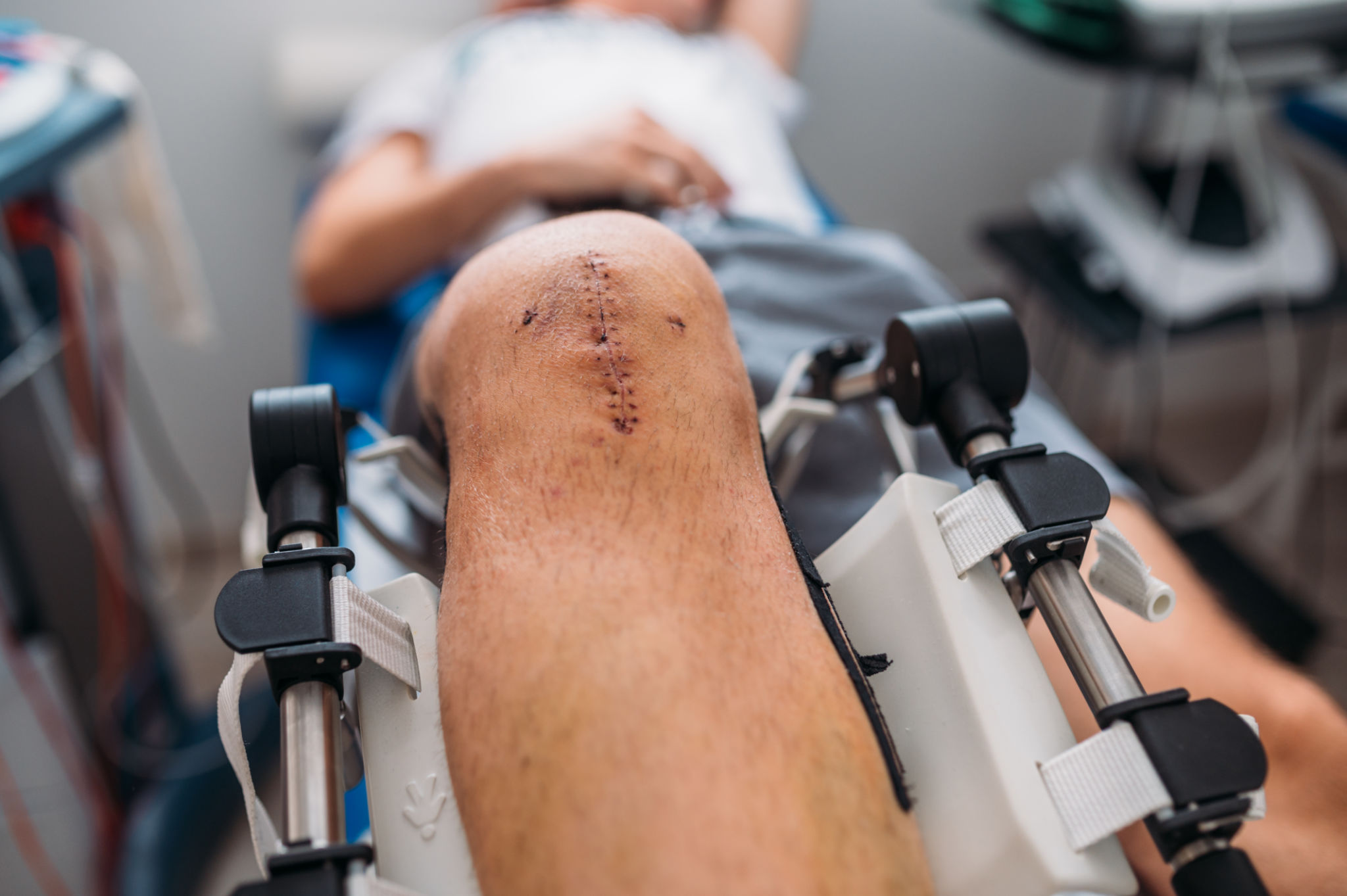Reflexology: An Ancient Practice for Modern Wellness
Understanding Reflexology
Reflexology is an ancient practice that has gained popularity in modern wellness routines. This holistic therapy involves applying pressure to specific points on the feet, hands, and ears, which are believed to correspond to different organs and systems in the body. By stimulating these reflex points, reflexology aims to promote relaxation, improve circulation, and support overall well-being.

The History of Reflexology
The origins of reflexology can be traced back to ancient Egypt, China, and India. Historical evidence, such as paintings and manuscripts, suggests that these cultures used foot therapy as a means of healing. In the early 20th century, Dr. William Fitzgerald introduced the concept of "zone therapy" to the Western world, laying the foundation for modern reflexology.
As reflexology evolved, practitioners began to map out detailed reflex charts, which illustrate the connection between reflex points and various body parts. Today, these charts are essential tools for reflexologists, guiding their treatment and enhancing the effectiveness of the therapy.
How Reflexology Works
Reflexology operates on the principle that specific areas of the feet, hands, and ears correspond to different parts of the body. By applying pressure to these areas, reflexologists aim to promote healing by stimulating energy flow and encouraging the body's natural ability to rebalance itself.

Many people seek reflexology for its potential benefits in reducing stress, alleviating pain, and improving overall health. The practice is often used alongside other therapies as part of a comprehensive wellness plan.
Benefits of Reflexology
Reflexology offers a multitude of benefits that cater to both physical and mental health. Some of the key advantages include:
- Stress Reduction: Reflexology is known for its relaxation effects, helping to lower stress levels and promote a sense of calm.
- Pain Relief: Many individuals report relief from headaches, migraines, and chronic pain after reflexology sessions.
- Improved Circulation: By stimulating blood flow, reflexology can enhance circulation and support the body's natural detoxification processes.
Who Can Benefit from Reflexology?
Reflexology is suitable for people of all ages and can be beneficial for various conditions. It is often used by those seeking relief from stress, anxiety, and tension-related disorders. Additionally, individuals with chronic pain conditions like arthritis or fibromyalgia may also find reflexology helpful in managing their symptoms.

Incorporating Reflexology into Modern Wellness
As more people embrace holistic approaches to health, reflexology has become an integral part of modern wellness practices. Many spas and wellness centers now offer reflexology as part of their service offerings, making it accessible to a wider audience.
For those interested in trying reflexology at home, there are a variety of self-care tools available, such as foot rollers and massage balls. These tools can help individuals experience some of the benefits of reflexology in their own time and space.
Conclusion
Reflexology is a time-tested practice that continues to provide profound benefits in our modern world. By integrating this ancient art into contemporary wellness routines, individuals can enjoy a holistic approach to health that nurtures both body and mind. Whether through professional treatments or self-care practices, reflexology offers a pathway to enhanced well-being.
